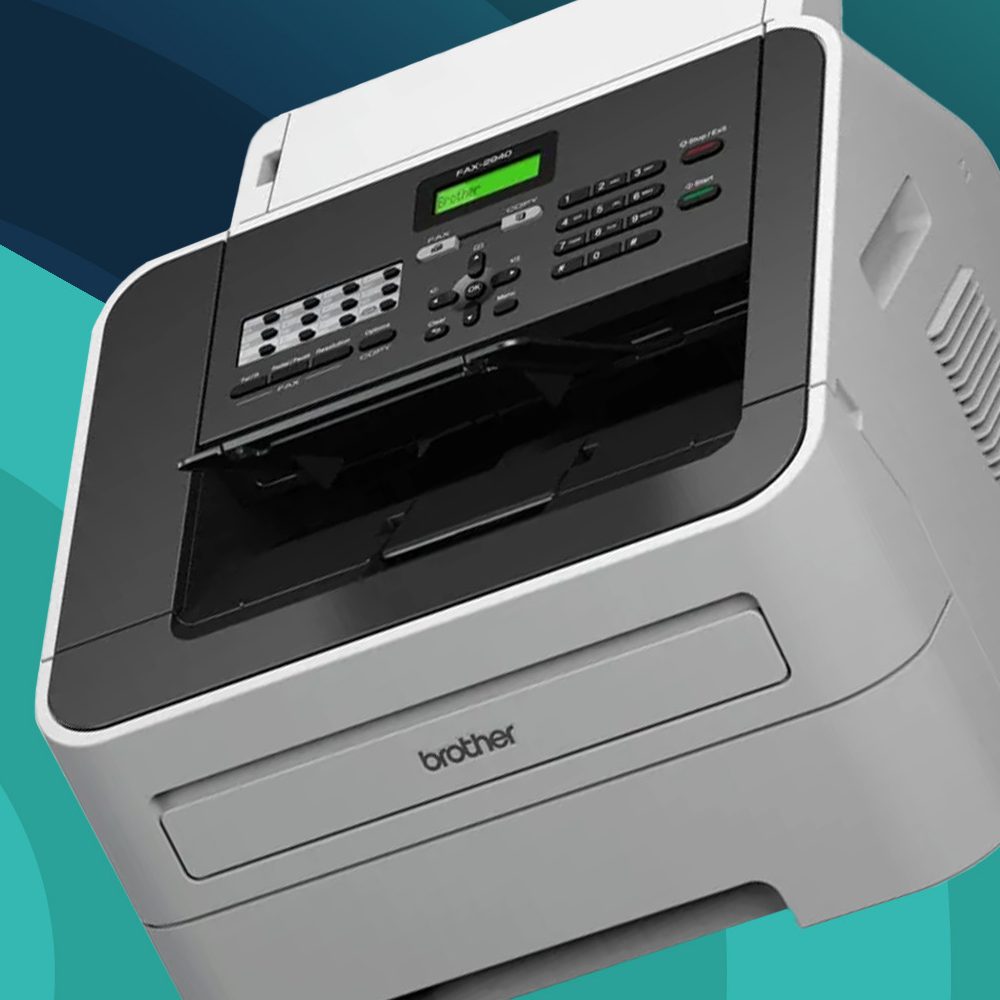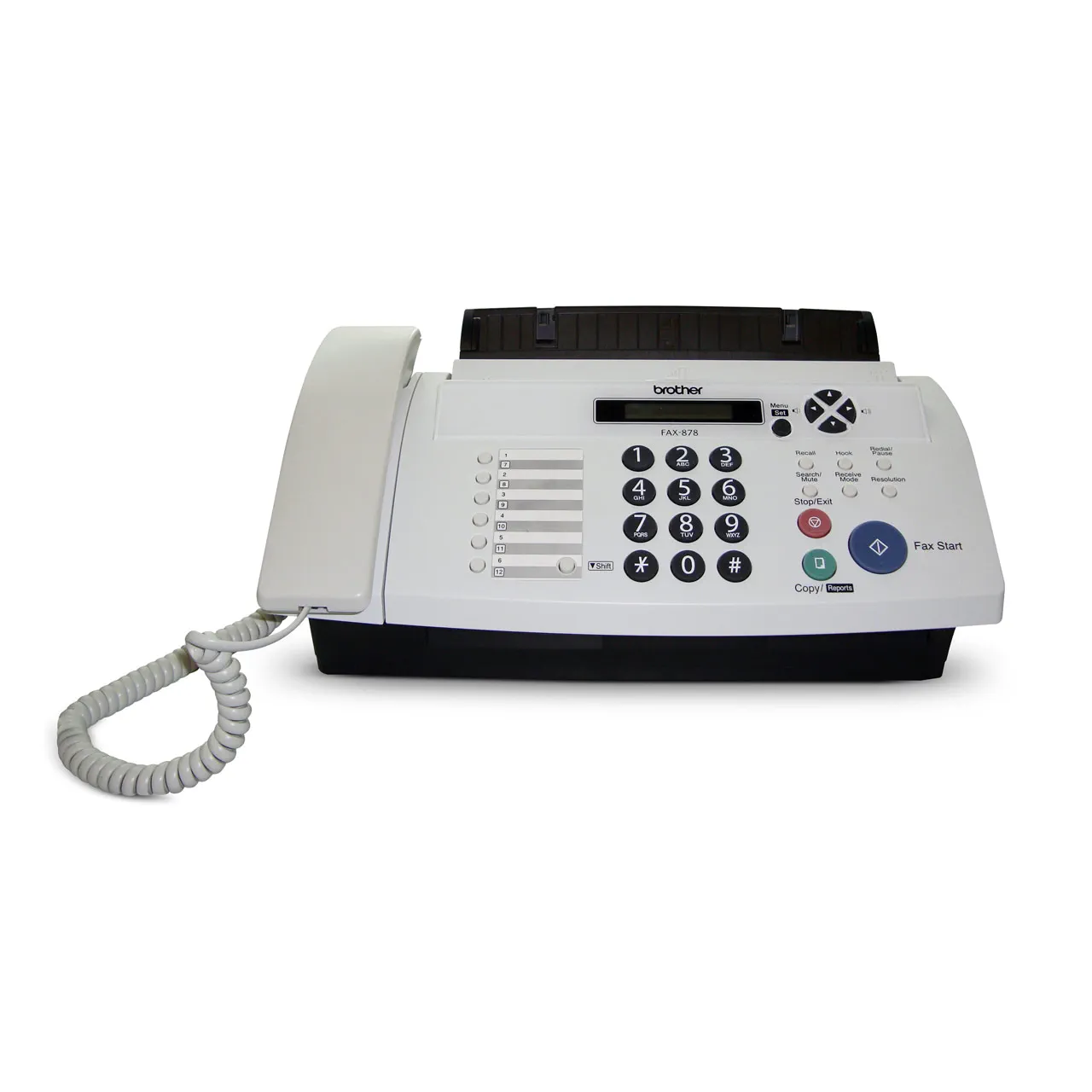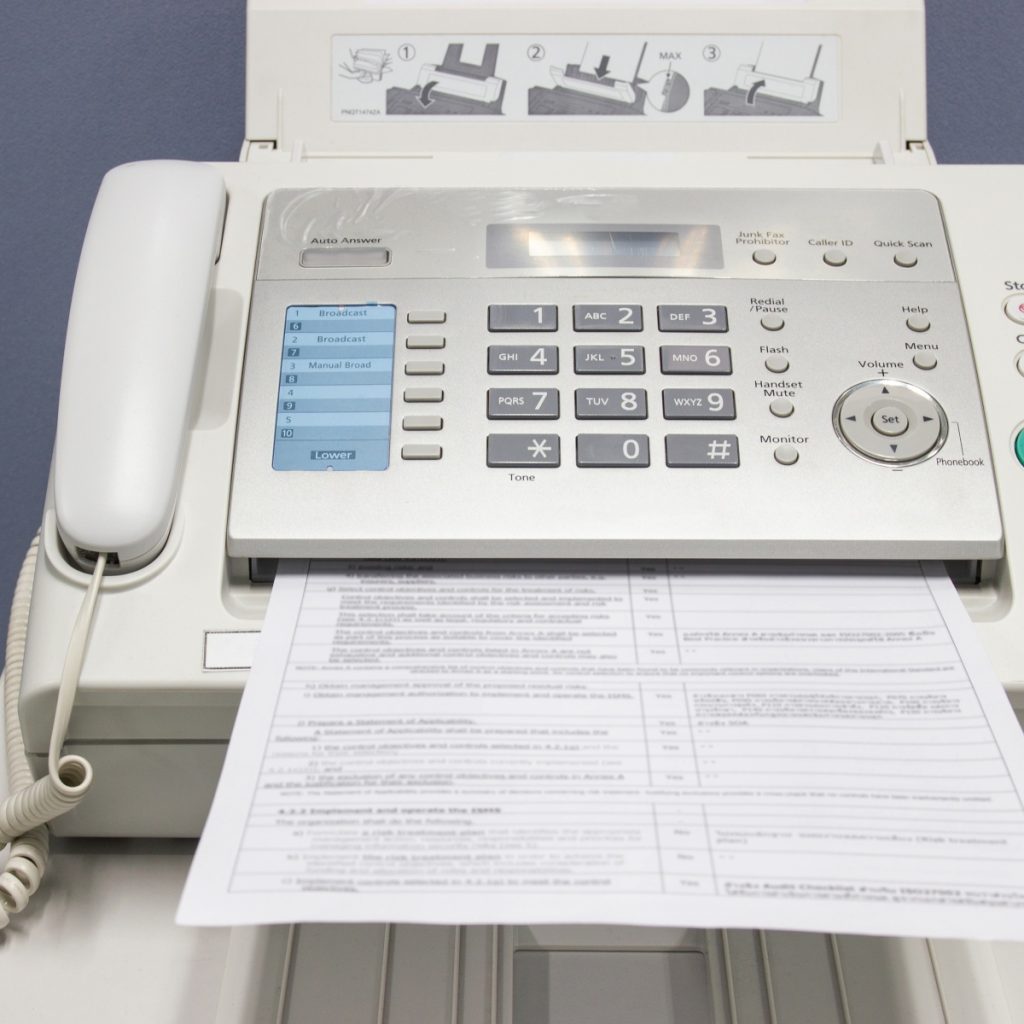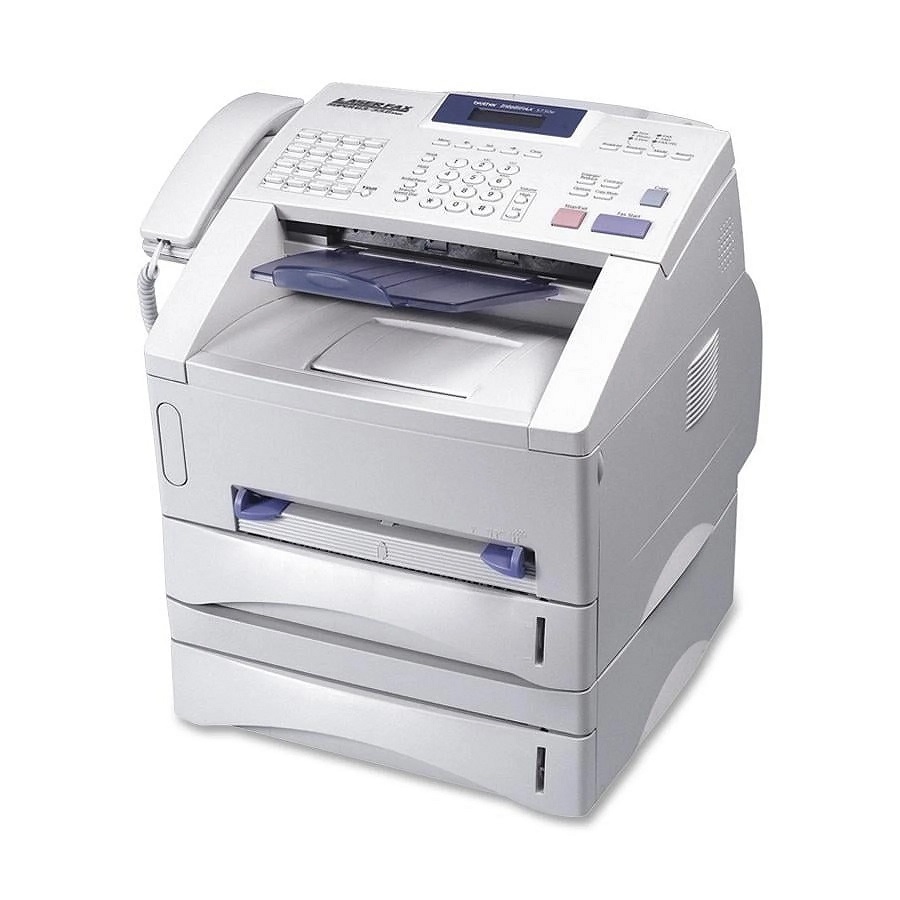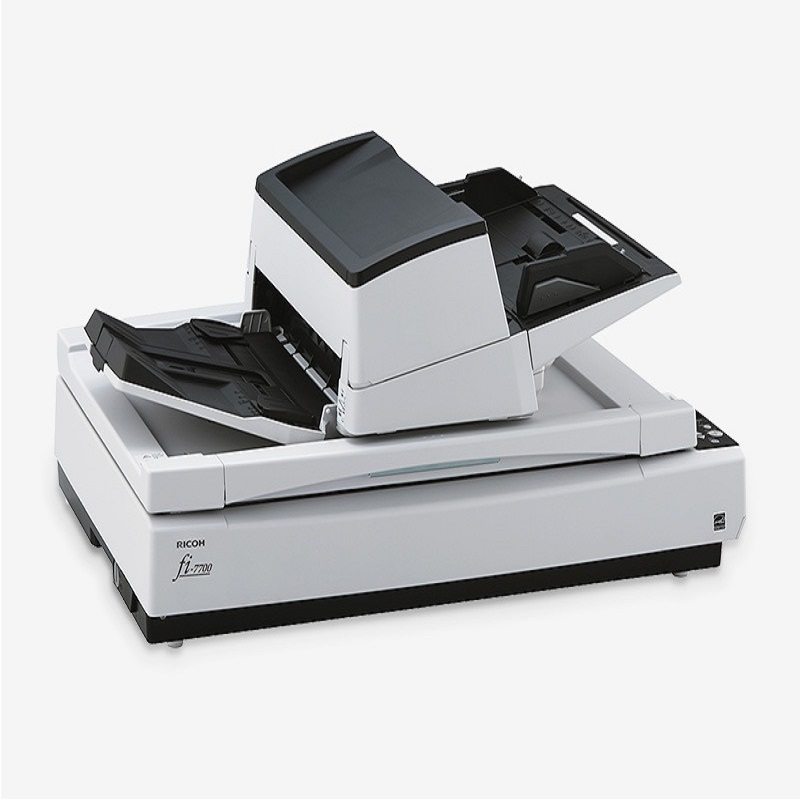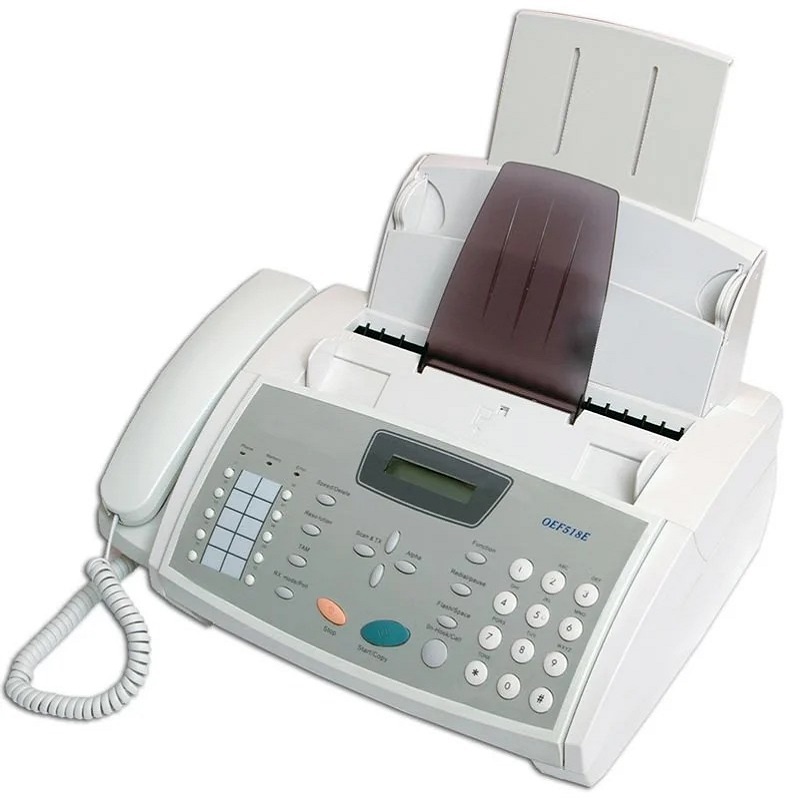The Basic Principle of Fax Communication
Fax machines revolutionized document transmission. They send images over telephone lines. The term “fax” comes from “facsimile.” It means an exact copy. Fax machines scan documents and convert them into electronic signals. These signals travel through phone lines to the receiving fax machine. The receiver then prints an exact copy of the original document.How does a fax machine work?This process happens within minutes, regardless of distance. Fax technology bridges the gap between physical and digital communication. It allows for the rapid transfer of printed information.
Businesses widely adopted fax machines in the late 20th century. They became essential for sending contracts, invoices, and other important documents. Fax machines operate on a simple yet ingenious principle. They break down images into a series of black and white dots. These dots form a code that represents the original document. The receiving fax machine interprets this code and recreates the image.
This process ensures accurate reproduction of text and graphics. Fax technology paved the way for modern digital communication. It demonstrated the possibility of sending complex information electronically. Understanding fax machine operation provides insight into information transfer principles. These principles continue to influence modern communication technologies.
Document Scanning and Encoding
- Document Preparation: To send a fax, the document is first placed face down onto the fax machine’s glass scanning surface or into the document feeder. The document should be clear and flat to ensure optimal scanning results.
- Optical Character Recognition (OCR): The fax machine utilizes a built-in scanner, which captures the image of the document. In some cases, the machine may employ Optical Character Recognition technology to convert the scanned text into digital characters that can be recognized and transmitted.
- Image Encoding: The scanned document is then encoded into narrow, black and white pixels, creating a binary representation of the image. This encoding simplifies transmission and reduces the file size, ensuring efficient data transfer over telephone lines.
Signal Conversion
- Analog to Digital Conversion: The encoded document is converted from an analog electrical signal to a digital format compatible with telephone lines. This digital conversion is necessary for transmission over the Public Switched Telephone Network (PSTN).
- Modem Compression: Fax machines often utilize compression algorithms, such as Modified Read or Modified Huffman encoding, to reduce the file size for transmission. Compression ensures faster transmission and minimizes the required bandwidth on telephone lines.

Transmission via Telephone Lines
- Dialing: The fax machine dials the recipient’s fax number using the keypad or an automated dialing system. The number dialed typically includes any required prefixes or country codes.
- Establishing a Connection: Once the recipient’s fax machine answers the call, a handshake procedure occurs between the two fax devices, confirming that both machines are capable of fax communication. This handshake enables the fax machines to synchronize their transmission protocols.
- Line Connection: The encoded digital signal is sent through the telephone line to the recipient’s fax machine in the form of audio tones. Fax machines use a specific modulation method called the Bell 103 or V.21 standard for signal transmission.
Reception and Decoding
- Audio to Digital Data Conversion: The recipient’s fax machine receives the audio tones transmitted over the telephone line. It converts these tones back into digital data, decoding the received signal.
- Error Correction and Image Reconstruction: The receiving fax machine employs error correction protocols to detect and correct any transmission errors that may have occurred. After error correction, the machine reconstructs the encoded image and prepares it for printing.
- Document Printing: The reconstructed image is printed on paper using thermal or laser printing technology. The result is a faithful reproduction of the original document received by the sender’s fax machine.
Advances in Fax Technology
- Internet Faxing: With the advent of internet connectivity, fax machines now have the ability to transmit faxes over internet protocols (IP). This allows for faxing without the need for a traditional phone line.
- Fax Over IP (FoIP): Fax over IP technology converts fax signals into a digital format suitable for transmission over internet networks. This enables the use of fax services through email or online fax platforms.
Advantages of fax machines
Despite the advancements in digital communication, fax machines continue to be valued for their unique advantages in document transmission. Fax machines provide a secure, reliable, and traceable means of exchanging documents, making them indispensable in various industries.
Security and Confidentiality:
- End-to-End Encryption: Fax machines ensure secure transmission by using dedicated telephone lines to establish a point-to-point connection. This eliminates the risks associated with data breaches or unauthorized access during digital file transmission.
- Protection from Hacking: Unlike electronic communication methods, fax machines are not susceptible to viruses, malware, or hacking attempts, offering an added layer of security for sensitive information.
- Confidential Document Handling: Fax machines allow for the secure exchange of confidential documents, ensuring that personal, financial, medical, or legal information remains private during transmission.
Reliable Transmission:
- Tangible Proof of Transmission: Fax machines provide a physical confirmation of document transmission in the form of printed copies or digital confirmation reports. This minimizes disputes and ensures the sender has a record of successful delivery.
- Direct Point-to-Point Transmission: Fax machines establish a direct connection between the sender and recipient, bypassing potential network congestion or server issues that can occur with digital file transfer or email.
- Independence from Internet Connectivity: Fax machines operate using dedicated telephone lines, meaning they can function even in areas with limited or unreliable internet connectivity, ensuring uninterrupted communication.
Legal Compliance:
- Legal Admissibility: Fax machines create documents that can be legally recognized and hold evidential weight in court. The ability to send and receive signed documents ensures compliance with legal requirements.
- Authentication of Signatures: Fax machines facilitate the transmission of original signed documents, making it possible to verify the authenticity of signatures for legal or contractual purposes.
- Regulatory Compliance: Certain industries, such as healthcare and finance. Have specific regulations that mandate the use of fax machines for secure. And compliant document transmission, ensuring privacy and data protection.
User-Friendly and Accessible:
- Ease of Use: Fax machines are generally straightforward and easy to operate, requiring minimal technical knowledge or training. Basic functions such as dialing, sending, and receiving documents can be performed with minimal effort.
- Accessibility for All Users: Fax machines are widely available. And compatible with different file types and document formats. This ensures accessibility for all users. Regardless of their level of technological expertise or access to digital platforms.
- Physical Representation of Documents: Some individuals may prefer or require physical copies of documents. And fax machines allow for the transmission and receipt of hard copies. Preserving the tactile nature of paper documents.
The Evolution of Fax Technology
Fax technology has a rich history of innovation. The first commercial fax machine appeared in 1865. It used pendulums to scan and reproduce images. Alexander Bain patented the first fax-like machine in 1843. His invention laid the groundwork for modern fax technology. Early fax machines transmitted images over telegraph lines. They used a system of synchronized pendulums. These pendulums traced images on chemically treated paper. The first telephone fax appeared in 1964. It could transmit a letter-sized document in six minutes.
Technological advancements rapidly improved fax capabilities. Digital fax machines emerged in the 1980s. They offered improved speed and image quality. Group 3 fax became the international standard in 1980. It allowed transmission in under one minute per page. Color fax technology developed in the late 1990s. This expanded the fax machine’s capabilities for graphic transmission. The 21st century saw the integration of fax with computers. Computer fax modems allowed direct faxing from PCs. Internet faxing emerged, using email protocols to send faxes.
Modern fax machines often combine multiple office functions. They serve as printers, scanners, and copiers in addition to faxing. Despite the rise of email, fax technology remains relevant. Certain industries still rely on fax for legal and security reasons. The evolution of fax technology showcases ongoing innovation. It demonstrates the adaptability of this communication method.
Conclusion
Fax technology continues to evolve in the digital age. Many businesses now use online fax services. These services allow faxing through email or web interfaces. Cloud faxing provides secure document transmission. It offers advantages in privacy and compliance. Some industries still prefer fax for its tangible paper trail. Healthcare and legal sectors often require fax for document transfers. Modern fax solutions integrate with electronic health records. This bridges the gap between traditional and digital systems. Fax-to-email services gain popularity in corporate environments.
They combine the familiarity of fax with the convenience of email. Enhanced security features address modern privacy concerns. Encryption and secure transmission protocols protect sensitive information. Artificial intelligence now assists in fax processing. It can route faxes, extract data, and integrate with workflows. Mobile fax apps allow sending and receiving faxes from smartphones. This adds flexibility to traditional fax communication. Some predict the eventual obsolescence of fax technology.
Others see continued niche use in specific industries. The principles of fax communication influence modern technologies. They contribute to the development of secure document transfer methods. As long as paper documents remain in use, fax will likely have a role. It continues to bridge the gap between physical and digital information. The future of fax technology remains a topic of debate. Its evolution reflects the changing landscape of business communication.





